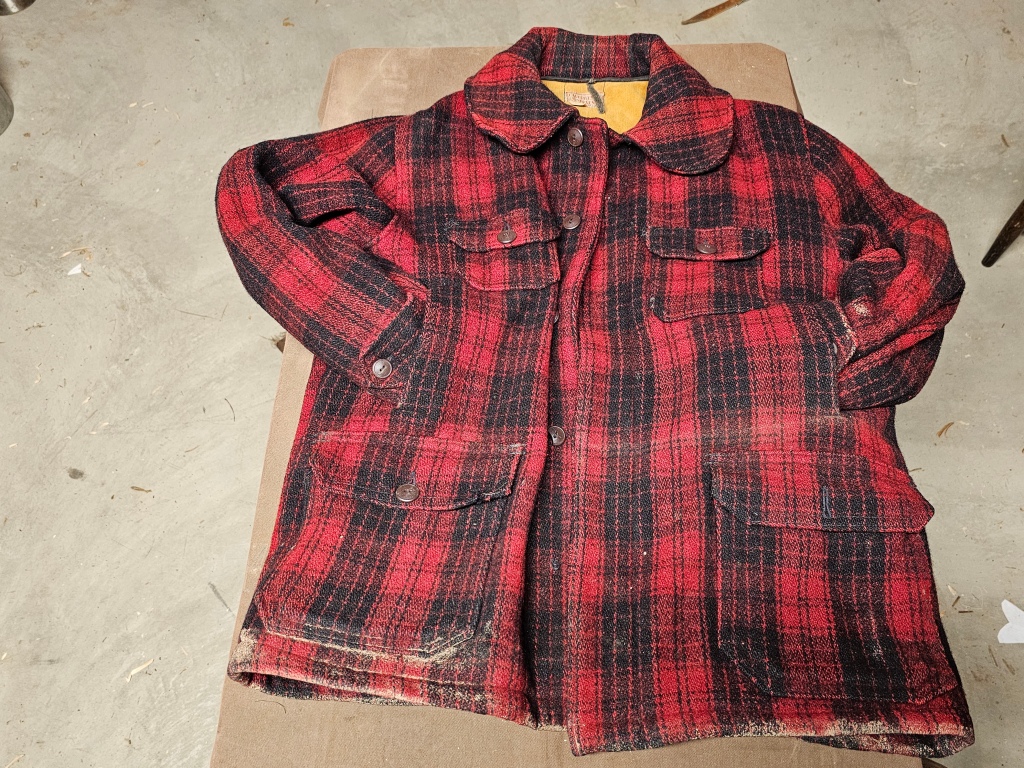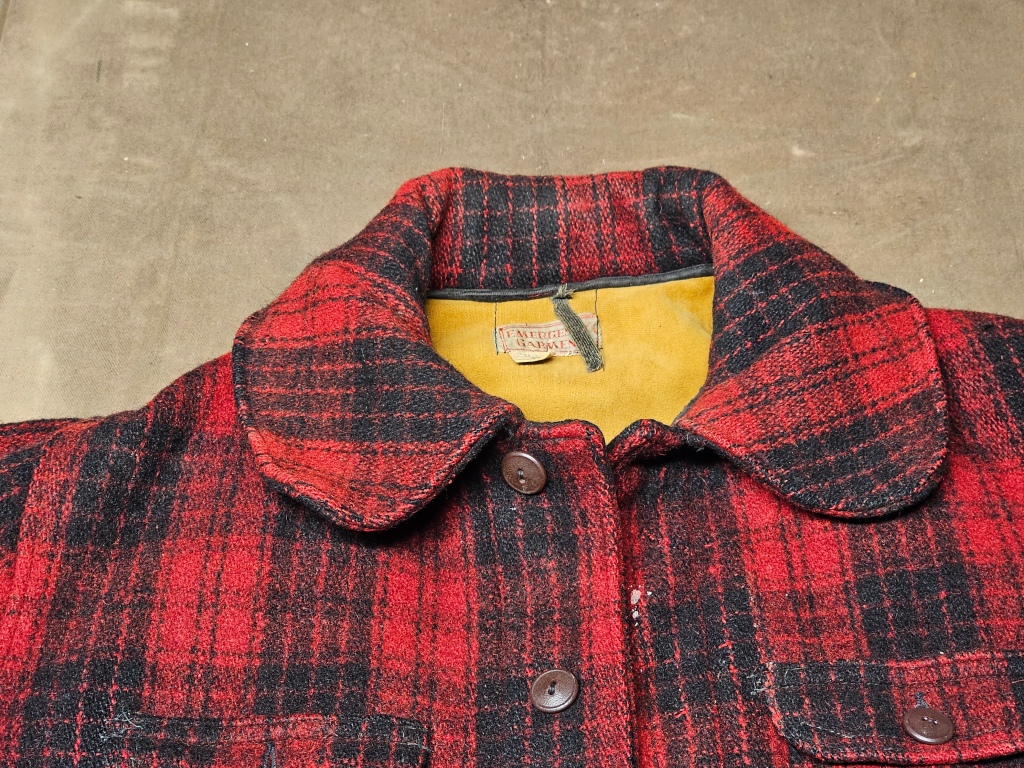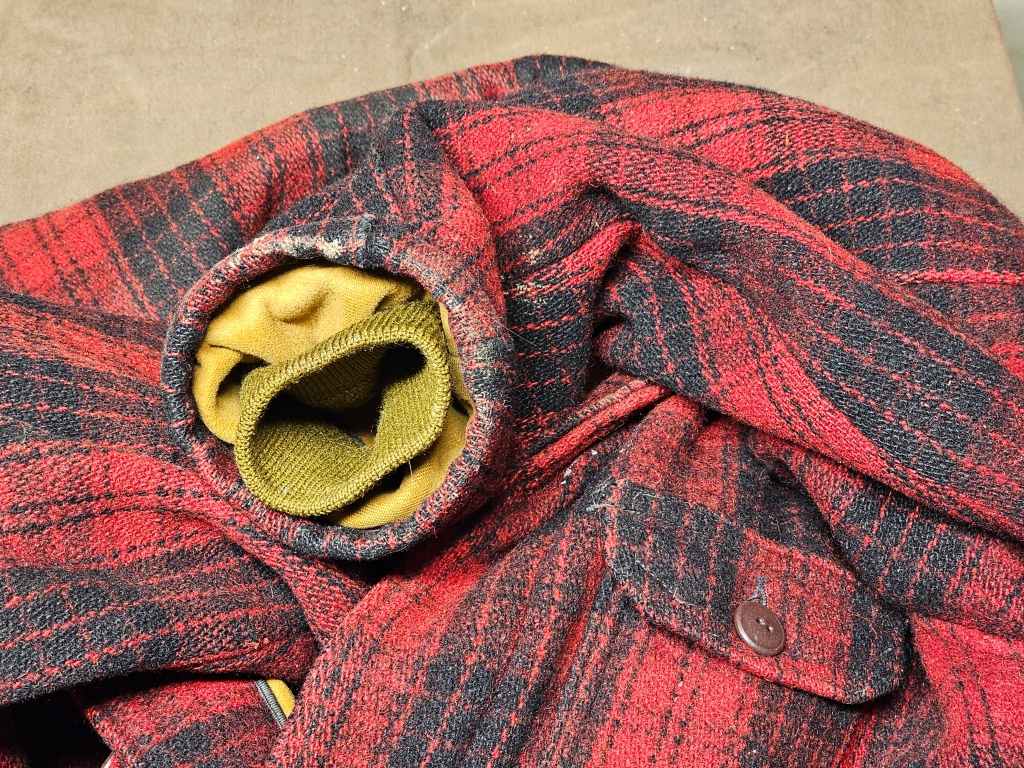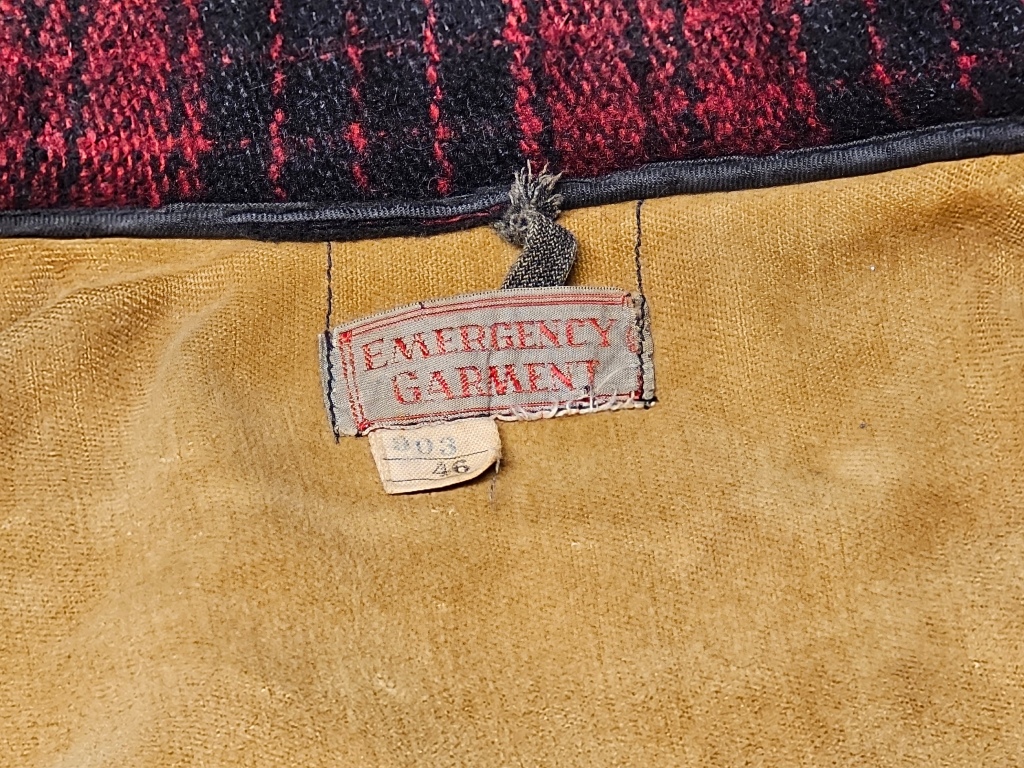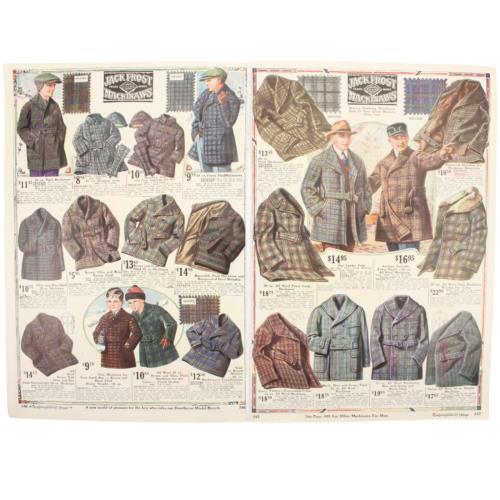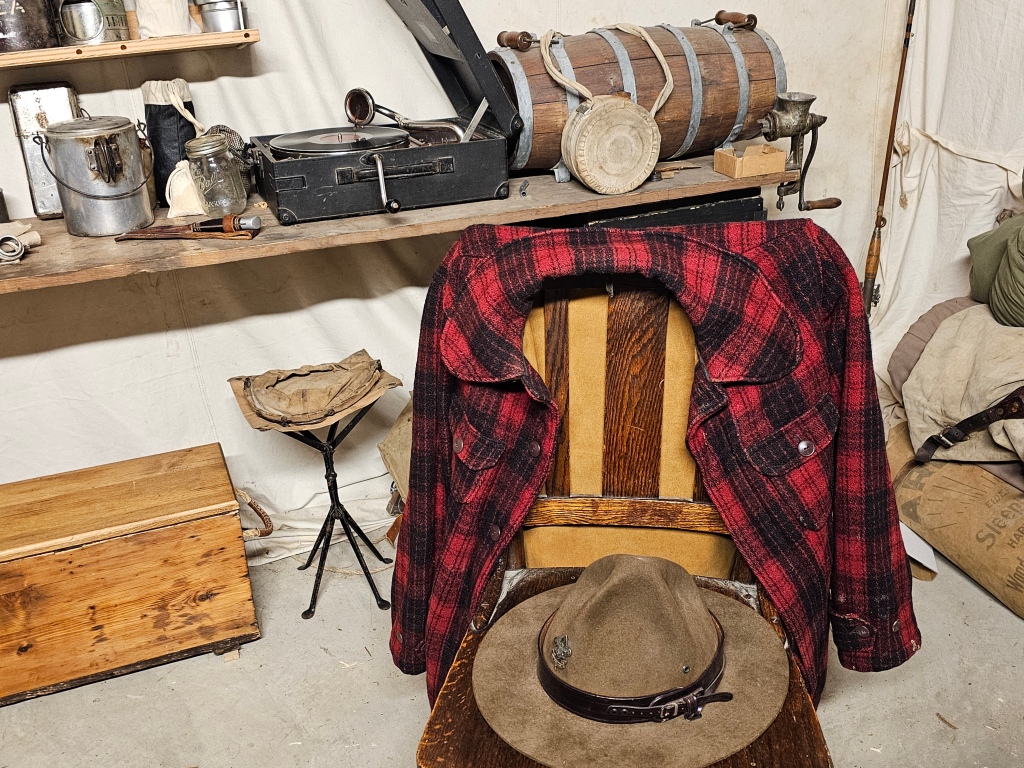
In the world of fashion, certain garments stand as enduring symbols of functionality, style, and heritage. The Mackinaw coat is one such classic piece of clothing that has traversed time, transcended trends, and remained an integral part of many wardrobes. Rooted in the rich history of American workwear, the Mackinaw coat boasts a legacy that stretches back over a century, embodying a blend of utility, craftsmanship, and cultural significance.
Origins and Utility
The Mackinaw coat’s origins can be traced to the harsh conditions of the American frontier during the late 19th century. Named after the Mackinac Island in Michigan, this coat was initially designed to withstand the frigid winters of the northern territories. The coat’s primary function was to keep outdoorsmen, lumberjacks, and hunters warm and protected from the biting cold, making it an essential piece of workwear in regions with demanding climates.
The coat’s utility was its defining feature. Crafted from thick and durable materials like wool, the Mackinaw coat offered unparalleled insulation against the elements. Its design often featured a double-layered front, a high collar, and large buttons, ensuring that wearers could effectively shield themselves from wind and snow. The coat’s length, typically extending to the hip or thigh, also provided additional coverage and warmth.
Wool: The Fabric of Choice
At the heart of the Mackinaw coat’s functionality was its use of wool as the primary fabric. Wool’s natural properties of insulation and moisture-wicking made it an ideal material for crafting outerwear that could stand up to extreme weather conditions. Manufacturers often used a dense weave to enhance the coat’s wind resistance and thermal capabilities, ensuring that wearers remained comfortable even in the coldest of environments.
As the popularity of the Mackinaw coat grew, wool mills began to produce specialized fabrics tailored to its needs. This symbiotic relationship between garment and fabric led to innovations in textile manufacturing, with an increased focus on creating materials that combined durability, warmth, and comfort.
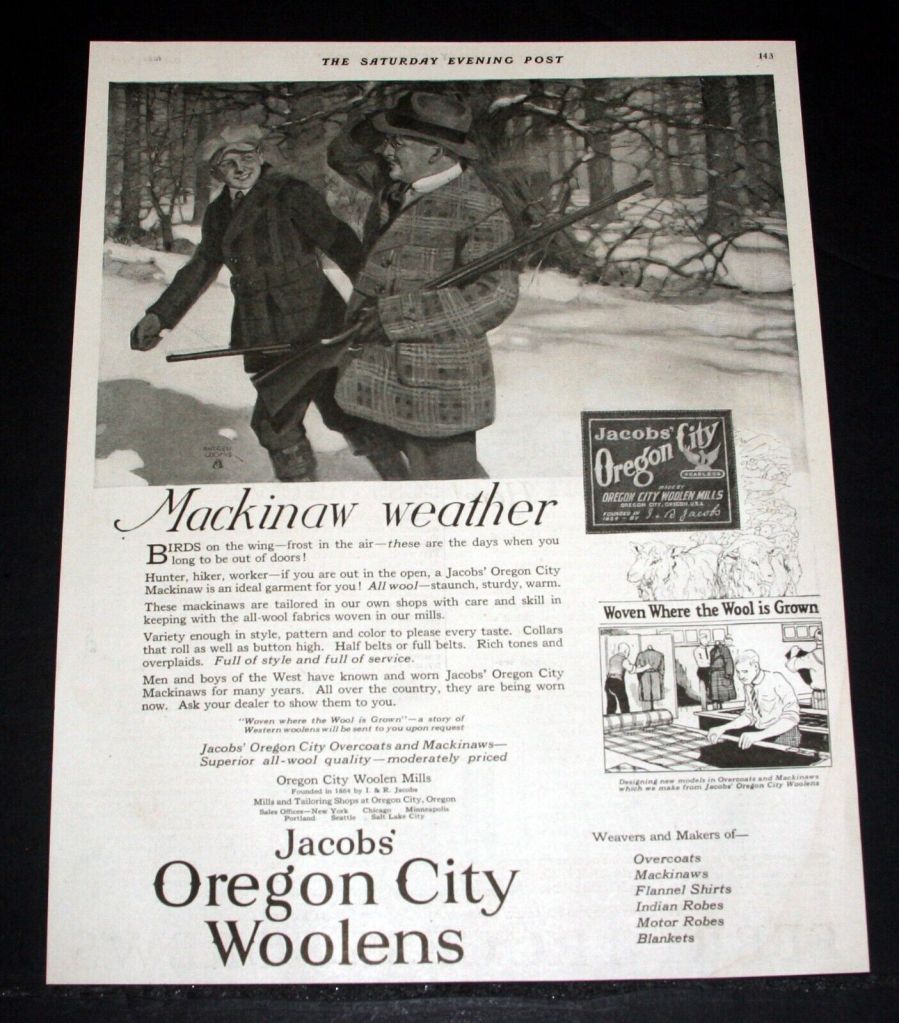
Evolution of Design
While the Mackinaw coat’s utility remained paramount, its design gradually evolved to accommodate changing fashion sensibilities while retaining its core functionality. In the early 20th century, as outdoor activities like camping, fishing, and hunting gained popularity, the coat transitioned from purely utilitarian garb to a more versatile piece of clothing suitable for various occasions.
Design elements such as color variations, plaid patterns, and tailored cuts began to appear, allowing wearers to express personal style while still benefiting from the coat’s practical features. Over time, the Mackinaw coat became a symbol of rugged individualism and a connection to the outdoors.
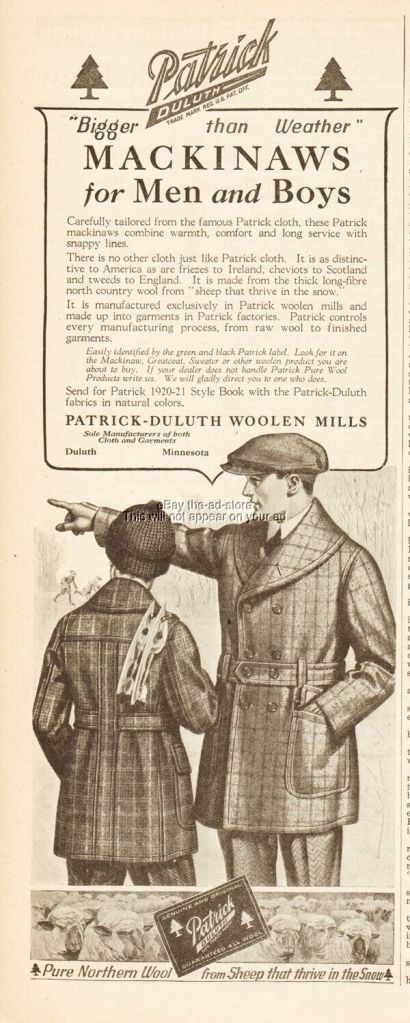
Cultural Significance
Beyond its utilitarian and stylistic attributes, the Mackinaw coat also holds cultural significance in American history. It became an emblem of resilience, reflecting the spirit of those who braved the wilderness in pursuit of livelihood and adventure. The coat’s association with industries like logging and hunting further solidified its place in the collective memory of American heritage.
During World War II, the Mackinaw coat even found its way into military use. Its durability and insulation made it a favored choice among soldiers stationed in cold climates. This wartime adoption further heightened the coat’s profile and cemented its status as a practical and reliable garment.
Enduring Appeal
The Mackinaw coat’s enduring appeal can be attributed to its timeless design and the values it represents. In a world where fashion trends often come and go, this coat stands as a testament to the enduring importance of functionality and craftsmanship. Its legacy has been carried forward by contemporary designers and brands that recognize the enduring demand for well-made, purposeful clothing.
As outdoor activities continue to captivate modern adventurers, the Mackinaw coat’s relevance persists. In an age of high-tech fabrics and advanced manufacturing techniques, the coat’s traditional approach to keeping individuals warm and comfortable remains a steadfast choice for those seeking a connection to nature and a sense of nostalgia.
Conclusion
The history of the Mackinaw coat is one that weaves together functionality, design evolution, cultural significance, and enduring appeal. From its humble origins as a practical garment for survival in the rugged American wilderness to its status as a fashion staple with a rich heritage, the Mackinaw coat has stood the test of time. As fashion trends come and go, the coat’s ability to bridge the gap between utility and style ensures its continued relevance in the modern world. So, the next time you don a Mackinaw coat, remember that you’re not just wearing a piece of clothing – you’re wrapping yourself in a century-spanning narrative of resilience, craftsmanship, and the enduring spirit of exploration.
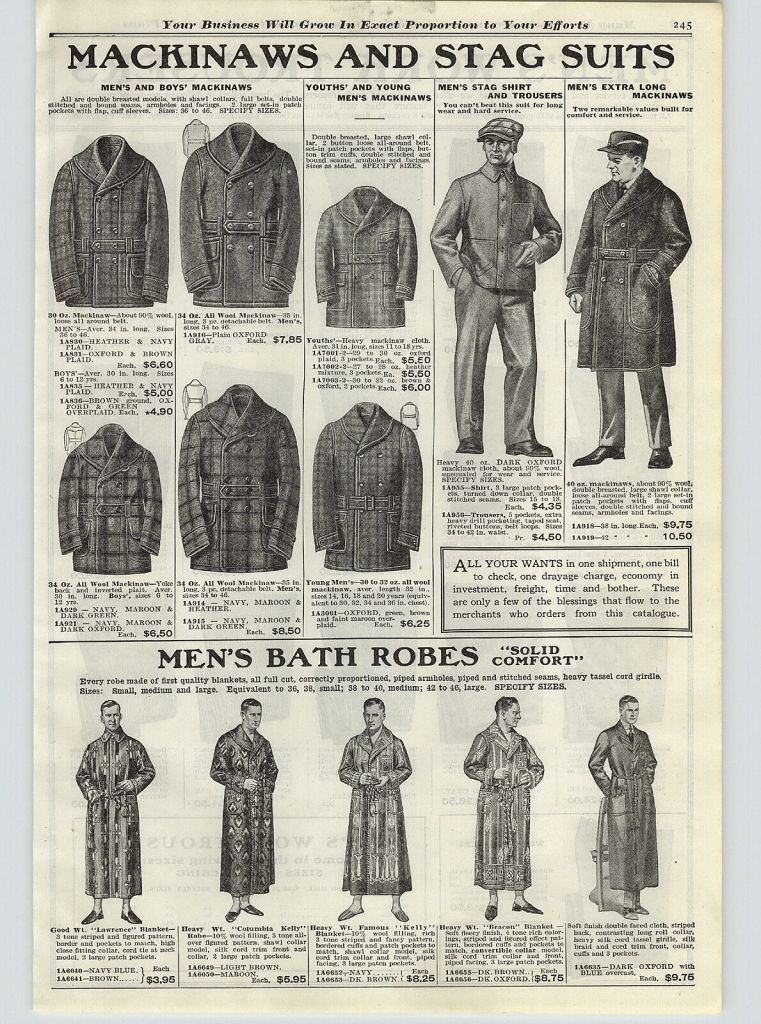

If you enjoy traditional campcrafting, bushcrafting, hiking, hunting, or other outdoor adventure then I invite you to join us in the Guild!
